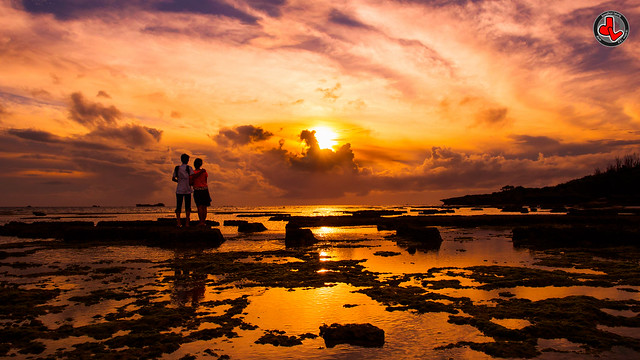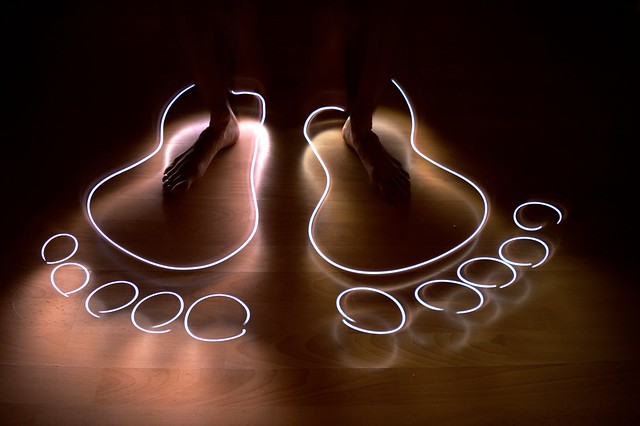How varied is your photography repertoire? How diverse is your skill set? Mastering a particular kind of shot is important — essential, even. But being able to create a variety of different kinds of photos is also important, as this can open up new creative pathways, which is especially helpful when you find yourself struggling under the weight of being stuck in a rut, creating the same photo again and again.
Karlo de Leon already outlined 5 kinds of photos every photographer must know how to create. Here are 5 more kinds of photos that are not only fun to create but each will also prove to be a worthwhile means of diversifying your skills.
Macro
Macro photography is intriguing because it allows us to see minuscule things up close in all their glorious detail. While you might need to spend a little money on obtaining the right gear, macro photography doesn’t have to cripple your bank account. You can use the reverse lens technique or pick up a set extension tubes as alternatives to purchasing a dedicated macro lens. Whatever your route, you will find that macro photography is an exercise in patience and steadiness. You’ll also learn to look at the world around you differently.
Sunrise/Sunset Cliche? Perhaps. But that doesn’t mean you shouldn’t give it a try. Everyone enjoys a beautiful sunrise or sunset. Photographing a sunrise or sunset isn’t always as straightforward as it may seem, namely when it comes to balancing exposure. This will provide you with the perfect opportunity to get familiar with the use of a neutral density filter and you will experience firsthand some of the important characteristics of light.
Landscape
While landscape photography indeed requires you to become accustomed to shooting with a lot more depth of field than you might when doing portrait work — hence Karlo’s mention of hyperfocal distance — a good landscape photo is also about choosing the right location. Not just the “right location” in a broad, dismissive sense, but in a very specific, almost existential way. As Ansel Adams said, “A good photograph is knowing where to stand.” This couldn’t be more true for landscape photography.
Milky Way It doesn’t necessarily have to be the Milky Way — any shot of the starry skies is a good exercise to take on — but photographing the Milky Way will bring together a number of photography related skills all at once. As with landscape photography, you will need to scout a good location; you’ll need to have a basic but working knowledge of how things are oriented in the night sky in relation to your location; you’ll need to make a long exposure, which means using a tripod. All this without forsaking fundamentals such as exposure and composition can be challenging yet fun, and may very well lead you to a deep appreciation for astrophotography.
Light Painting
Sure, this could easily be lumped in with the general “long exposure” shot, but light painting is special, as it gives you an opportunity to be actively involved on either side of the camera. Light painting is exactly what it sounds like — you hold a light source in your hand and use it as a brush to “paint” whatever your heart desires. All you need is a dark environment, a tripod, and a camera set to make a long exposure (this might be a good time to try bulb mode), and you’re on your way to discovering why even the great Pablo Picasso was captivated by light painting.
Even if you don’t engage in the creation of any one of these types of photos on a regular basis, they can all serve as a fun diversion to get your creative juices flowing and add some flair to your photography. Give one or all of them a try whenever you have a little downtime.







4 Comments
Amazing pictures snd lessons
Some brilliant photos
How do I turn long exposure on
Hi,
Nice article. I’m a just a beginner and this is very useful.